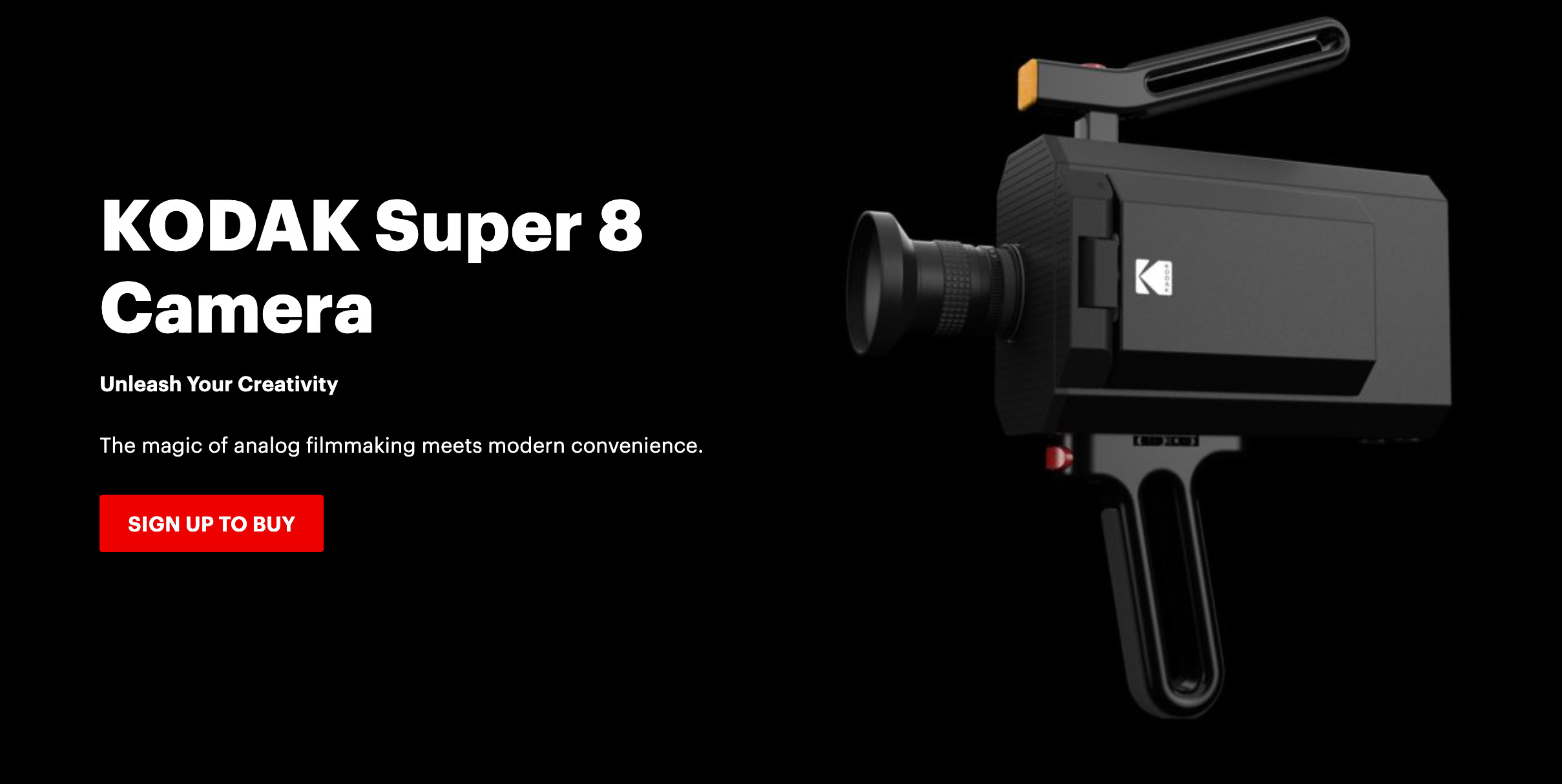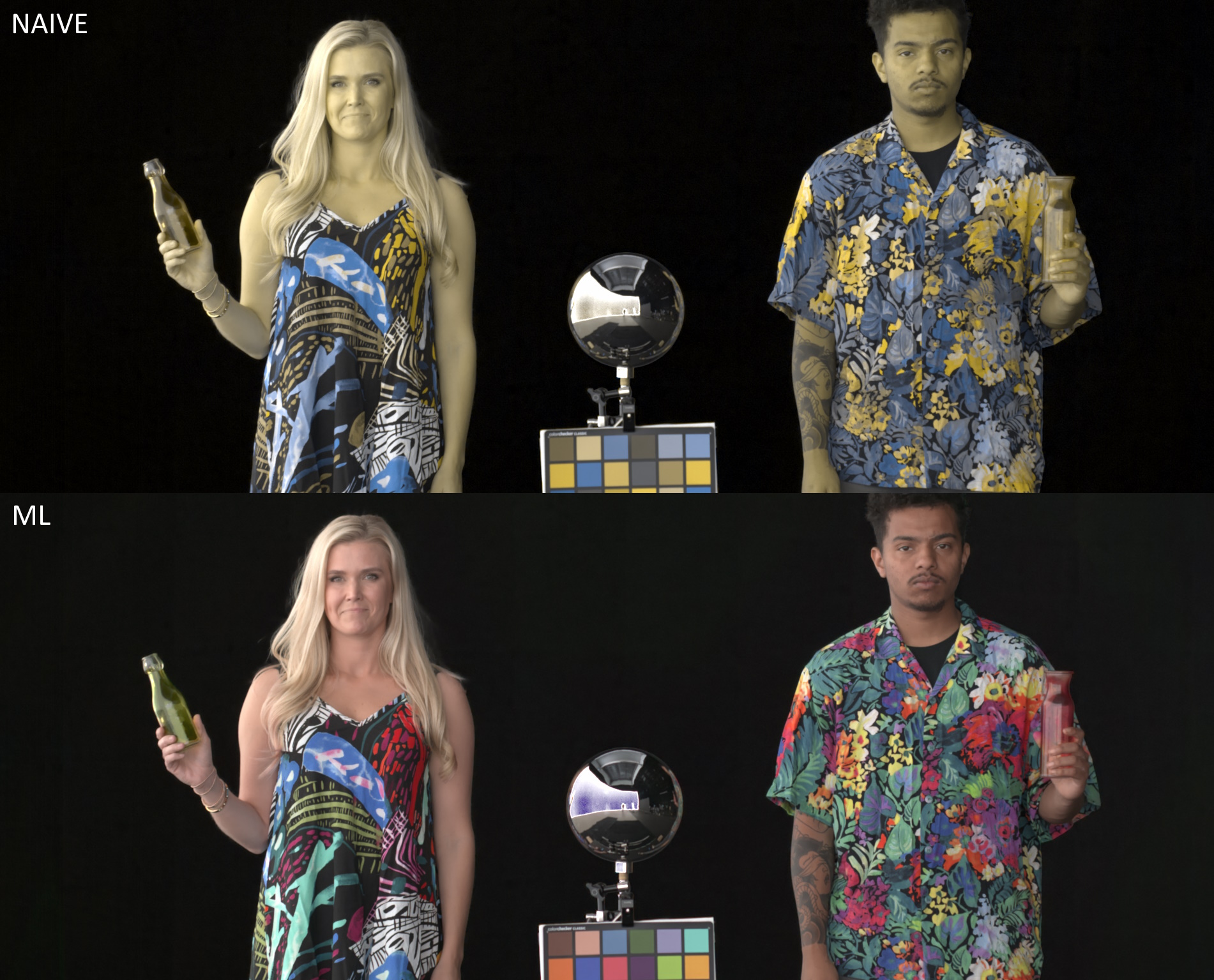Brian Hallett writing on ProVideo Coalition, was one of the first to report on The Brand New KODAK Super 8mm Film Camera.
Yes, this camera films on those boxy Super 8 cartridges, but it does so much more:
- It has a 4″ LCD viewfinder with aspect ratio overlays, interactive menus and camera settings.
- It has an extended gate, now 13.5:9 full frame (versus the traditional 4:3 or 12:9 aspect ratio) that will make cropping down to 16:9 a breeze.
- It comes equipped with a detachable wide-angle 6 mm 1:1.2 C-mount lens but you can screw on any C-mount lens.
- It records sound with an on-board sound recorder and via 3.5 mm input to an integrated SD card reader.
- It runs crystal sync at 24 and 25 fps, plus over and under cranks at 18 and 36 fps.
- It has a distinctive top handle and a pistol grip.
Here’s the full datasheet. And here’s their sizzle reel:
Curiously, Kodak first announced this camera in January 2016 at CES for “between $400 and $750.”
Funny, both the released camera and the prototype look an awful lot like the Logmar Humboldt S8.
Logmar’s next Super 8 camera, the Chatham S8, had a superior Latham loop mechanism that resulted in rock-steady registration, never seen before on Super 8. Check out this sample that actually looks like 16 mm footage:
Logmar’s latest C-mount Super 8 camera is the Gentoo GS8 that “uses standard Kodak 50 ft cartridges in combination with a re-usable spacer providing true pin registration.”
Oh, and by the way, the MSRP of Kodak’s “new” Super 8 camera is only $5,495 USD. That does include one cartridge of Super 8 film. No word on if that includes processing though.
My take: [shakes head] Kodak, Kodak, Kodak. You’re just trying to get this project off your books, right?




